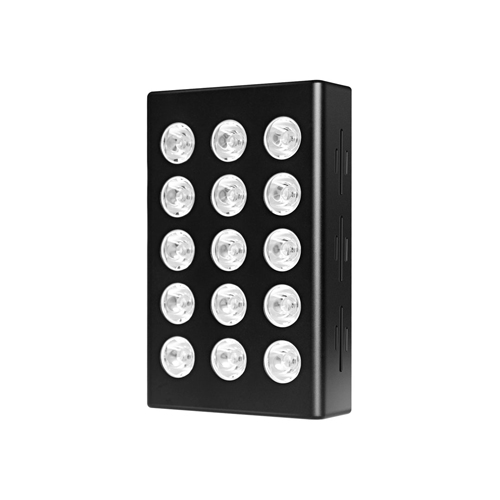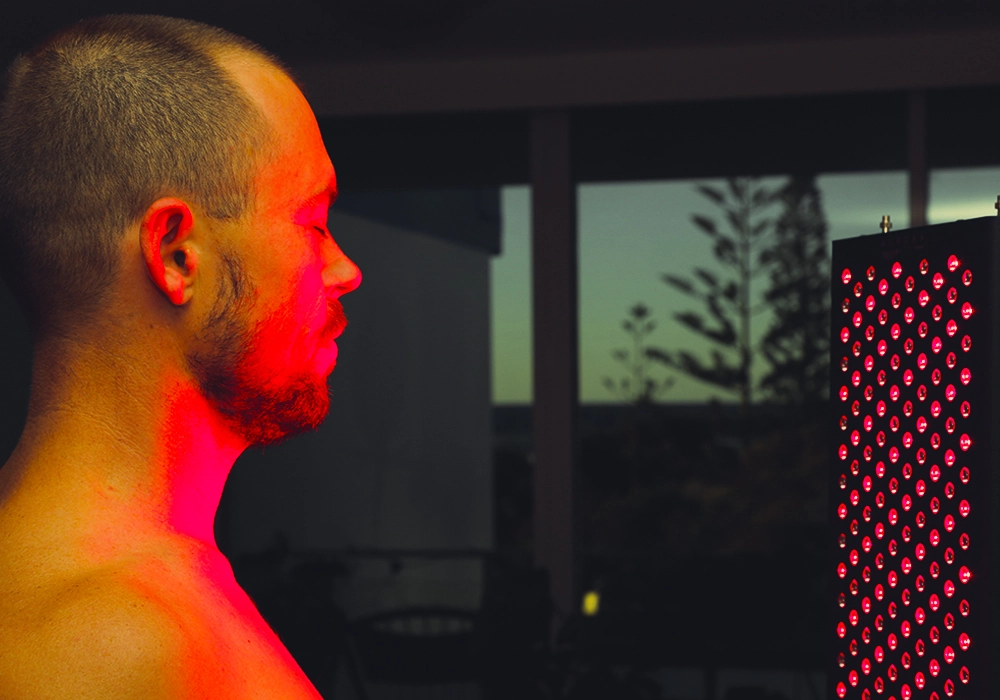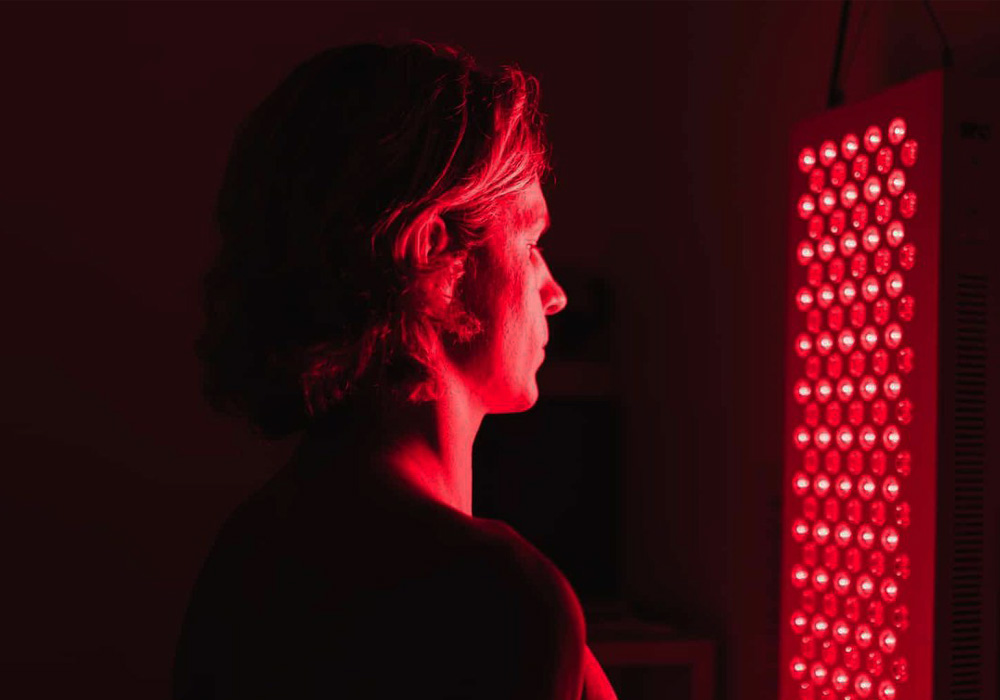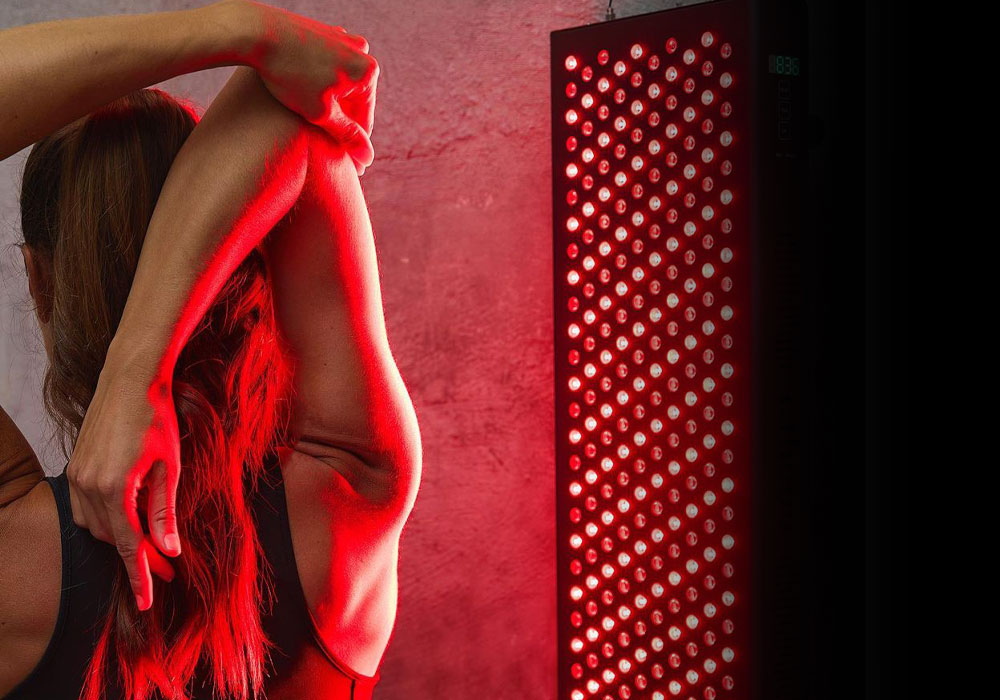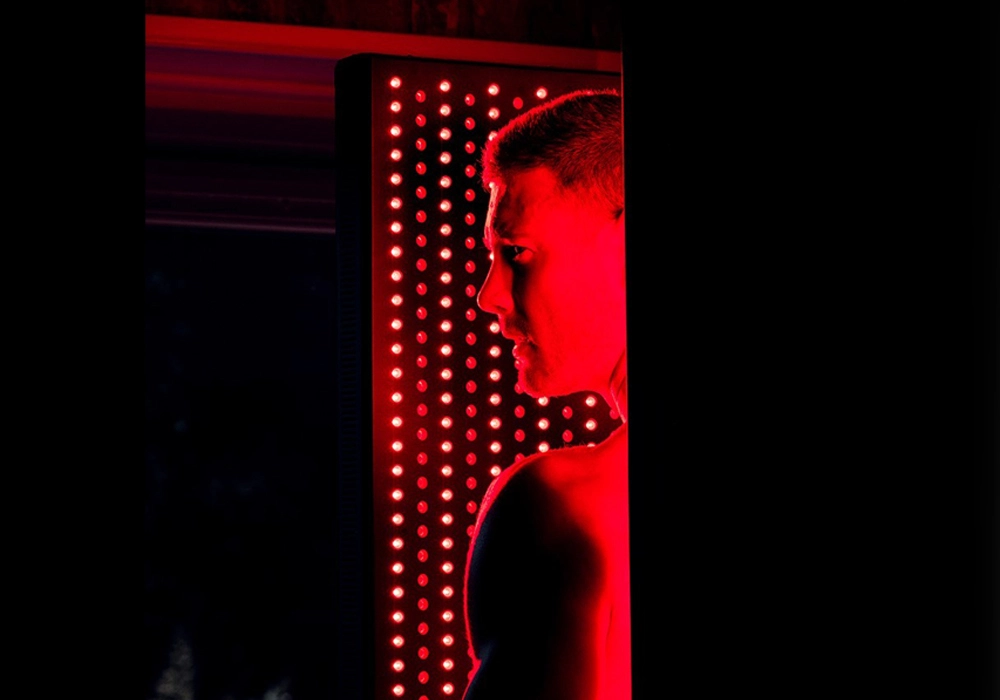![]() Free Shipping
Free Shipping ![]() Buy Now, Pay Later
Buy Now, Pay Later ![]() Eligible
Eligible
Red Light Therapy for Animals [Is it Safe?]
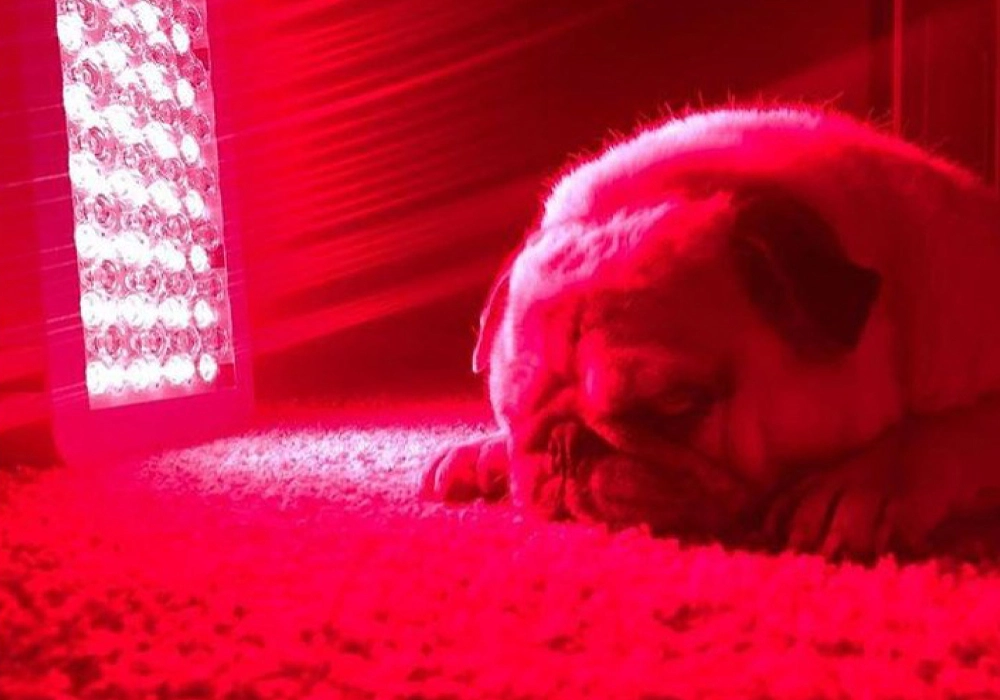
Red (and infrared) light therapy is an active and well studied scientific field, dubbed the ‘photosynthesis of humans’. Also known as; photobiomodulation, LLLT, led therapy and others – light therapy seems to have a broad range of applications. It supports general health, but also treats various conditions.
It’s not only humans that benefit though, with animals of all types being studied. Lab rats/mice are studied by far the most, with dogs, horses and others receiving a lot of attention too.
Red Light Mini
THE #1 HANDHELD RED LIGHT DEVICE
Animals proven to respond well to red light
The effects of red light on biology has been studied across a wide range of animals, and has been integrated into veterinary practices for decades.
While the exact specifics of treatment (dose, wavelength, protocol) aren’t fully agreed on yet, below are 12 different animals proven to respond positively to light therapy:
- Chicken / hens
Red light actually seems essential to egg producing hens, as studies[1] implicate it in activating the reproductive axis. Hens under red light produce eggs earlier, and then more, for longer, than hens without red wavelengths of light.
Other studies on broiler (meat) chicken[2] shows a similar health benefit – the chickens reared under red light saw most growth of their body and had the least movement problems..
- Cows
Dairy cows can suffer from various issues that prevent optimal milk production. Various studies [3][4] have been done using red light to treat wounded teats in dairy cattle. The studies noted significant improvement in the healing process, including less inflammation and faster skin regeneration. The cows can get back to producing healthy milk sooner.
- Dogs
Dogs are one of the most well studied animals in light therapy studies. Only rats are more well studied.
The variety of issues looked at include; healing after heart attacks, hair regrowth, recovery after surgery of the spine, chronic wound healing and a lot more [5-8]. Much like in human studies, the results seem positive over a wide range of conditions & doses. Light therapy may be useful for all common dog skin issues and for areas of acute and chronic pain. Canine light therapy treatment by vets is increasing in popularity, as is at-home treatment.
- Ducks
Ducks seem to respond positively to red light much like chickens – with better growth and weight, better movement and signs of vitaltiy [9]. Blue light seems to be harmful to ducks, much like how it can be for humans and other animals. Unlike other studies of light therapy, these duck and chicken studies use constant light exposure rather than segmented therapy sessions. They have positive results nonetheless.
- Geese
Mirroring the duck and chicken results, geese seem to benefit from red only light exposure. One recent randomised study [10] showed big benefits to reproductive function / egg production. The geese under red LEDs had longer laying periods and higher total egg numbers (compared to white or blue LEDs).
- Hamster
Hamsters are very well studied in the light therapy field, much like rats and mice. A wide variety of studies point to anit-inflammatory effects, such as in mouth ulcers[11], which heal faster and with less pain with hamsters undergoing red light therapy and also things like surgically induced wounds which heal much faster with red light compared to controls[12].
- Horses
Horses have received a lot of attention with red light therapy. Typically referred to as ‘equine light therapy’, various vets and professionals use red lasers/LEDs for treating a wide range of common horse problems. A lot of the literature looks at chronic pain in horses[13], which is surprisingly common in older horses. Treating the problematic area directly seems to be greatly beneficial over time. Like in other animals, wound healing is an easily studied area[14]. Again, skin wounds of all types in the body of horses heals faster than controls in studies.
- Pigs
Pigs are fairly well studied in the light therapy literature. A recent study [15] looked specifically at the systemic effects of light therapy on pigs – a study that potentially translates to dogs, humans and other animals. The scientists applied red light to the bone marrow of a pig’s leg shortly after a full-on heart attack, which in turn was shown to improve heart function and reduce scarring. Red light can also be used to heal skin in pigs[16] following damage, in addition to various other problems.
- Rabbits
Red LEDs have been shown to, amongst other things, prevent osteoarthritis in rabbits to some extent[17], even when used in low doses for only 10 mins a day. Much like in pigs and humans, there is evidence of a broader systemic effect in rabbits from appropriate red light exposure. A study[18] showed that red light into the mouth following implant surgery (which is shown to heal gums and bones in the mouth) actually boosts thyroid hormone production, ultimately leading to a broad beneficial effect across the entire body.
All animals can potentially benefit: the mechanism
So many other animals are proven to benefit from light, ranging from cats to fish. There may be exceptions, but it seems that all life fundamentally benefits from red/infrared light (in the right strength, dose, wavelength, etc.).
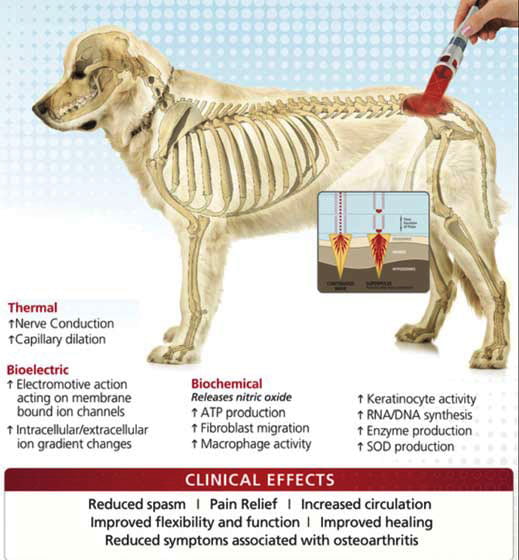
Light in mitochondria
Light in the wavelengths of 600-1000nm interacts with mitochondria in cells, increasing oxidative metabolism (converting carbohydrates+oxygen into energy). This process of energy generation in our cells is fundamental to life, including all animal and plant life. Red light works by interacting with a respiratory protein called cytochrome c oxidase (found in basically all species), allowing it to use oxygen better. This has a downstream effect on the entire function and structure of our body.
Size matters (and fur)
The exact optimal treatment parameters may be slightly different across species, and the potential benefit may be different across species too (light can easily get into a rat’s brain, but may require 50x stronger light to reach an elephant’s). Fur and hair will obviously block the passage of red light too, so animals with thicker and darker fur will need longer or closer exposure. The fact remains however, that appropriate exposure to red light can be beneficial for us, our pets, and even our farm animals.
Animal light therapy in practice
Most mammals will respond to light therapy in a very similar way to us humans. The same devices are effective and similar treatment protocols should be used (such as 10 minutes exposure 3x a week). Very small animals such as mice will obviously need less intense exposure to light, while larger animals likely benefit from proportionally higher quantities of light.
- Red light for small animals
Results on small animals such as worms, mice, and poultry show that constant day-long exposure to low levels of red light can be a valid & beneficial procotol. This is in addition to the typically short, but more intense, therapy sessions seen in laser/LED therapy and most clinical studies. If you have a small animal, you could consider using your normal therapy device but from slightly further away. Farms could try switching their standard lighting to red only.
- Red light for large animals
Larger animals are more problematic for light therapy, as light cannot penetrate deeply into their body. Nevertheless, treatment on things such as wounds, skin infections/rash, teeth, eczema, joint problems and other surface issues is going to help, if used correctly. Essentially you could use the same therapy devices that you use on yourself, but with an increased treatment time or from a closer distance.
- Red light for household pets
If you have a pet, the same light therapy devices you use for yourself could also be used on them, treating a problem or simply optimizing their general health/vitality. Fortunately, most dogs and cats seem perfectly happy around (infra)red LED/laser light as the low heat output is comfortable, and their eyes aren’t particularly sensitive to red wavelengths. Any pain-free and side-effect free treatment that you can do at home and includes lots of close attention from you, will no doubt be adored by your pets.




